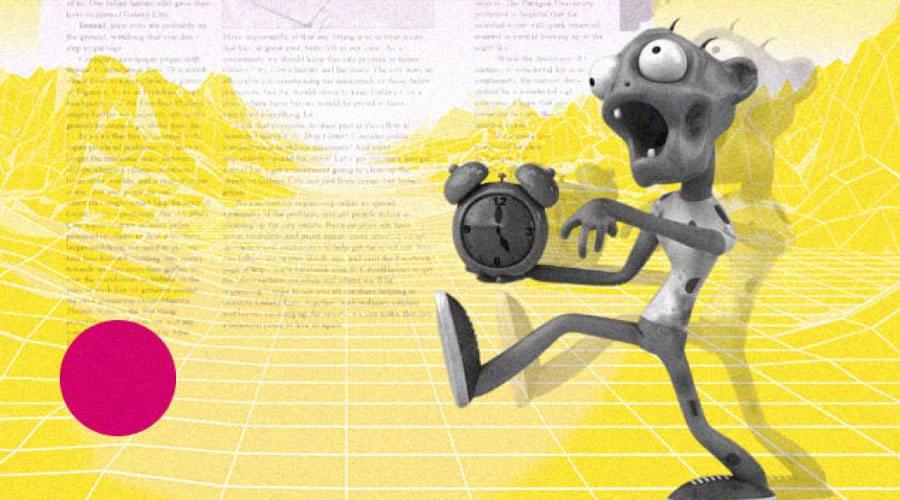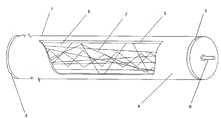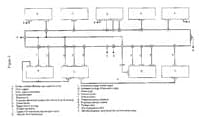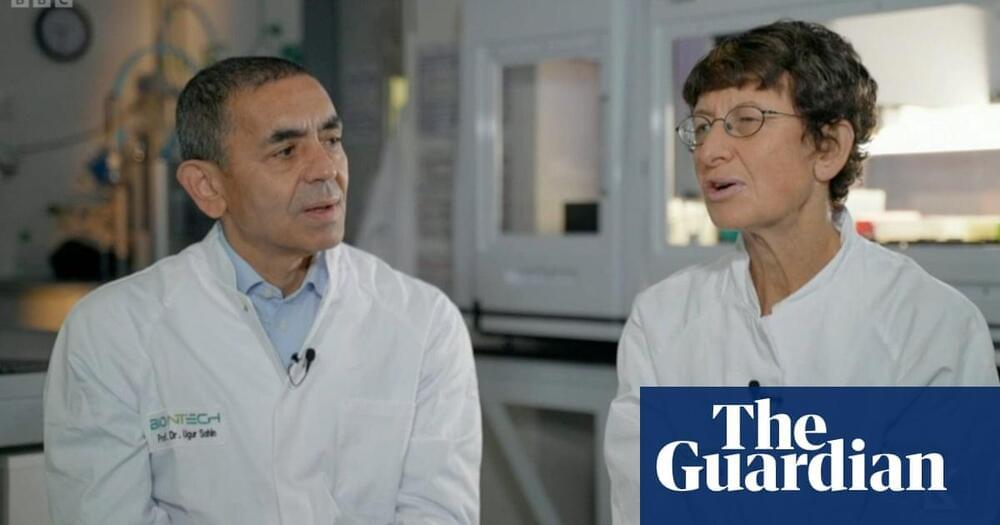Artificial Intelligence Latest News Tech news
The advancements of AI in bringing back your dead loved.

Artificial Intelligence Latest News Tech news
The advancements of AI in bringing back your dead loved.
John J. Collins is Holmes Professor of Old Testament Criticism and Interpretation at Yale Divinity School and has served as president of both the Society of Biblical Literature and Catholic Biblical Association. His many other books include “Apocalypse, Prophecy, and Pseudepigraphy; Beyond the Qumran Community; and The Eerdmans Dictionary of Early Judaism.
Apocalyptic literature evokes an imaginative world that is set in deliberate counterpoint to the experiential world of the present. Apocalypticism thrives especially in times of crisis, and it functions by offering a resolution of the relevant crisis, not in practical terms but in terms of imagination and faith.
The Apocalyptic Imagination by John Collins is one of the most widely praised studies of Jewish apocalyptic literature ever written. And this second edition of Collins’s study represents a complete updating and rewriting of the original work. Especially noteworthy is the chapter on the Dead Sea Scrolls, which now takes into account all of the recently published texts. Other chapters discuss apocalypse as a literary genre, explore the phenomenon and function of apocalypticism in the ancient world, study a wide range of individual apocalyptic texts, and examine the apocalyptic character of early Christianity.
GET RECOMMENDED BOOKS (Apocalyptic Imagination) HERE: 👉 https://amzn.to/35FqNYf.
MythVision Website: 🔥 https://mythvisionpodcast.com/
MythVision Patreon 👉 https://www.patreon.com/mythvision.
MythVision Paypal. 👉 https://www.paypal.me/dereklambert7
Cashapp: 👉 $rewiredaddiction.
Venmo: 👉 @Derek-Lambert-9
Recommeded books 👉 https://amzn.to/35FqNYf.
Email MythVision 👉 [email protected].
Facebook page: 👉 https://www.facebook.com/MythVision/
Facebook group: 👉 https://www.facebook.com/groups/TheWaterBoyZRadio/
Twitter: 👉 @DerekPodcast.
Instagram: 👉 @dereklambert_7
MythVision Discord: https://discord.gg/dRQXdZBq6E
#JohnJCollins #MythVision #Apocalypse

When in 2015, Eileen Brown looked at the ETER9 Project (crazy for many, visionary for few) and wrote an interesting article for ZDNET with the title “New social network ETER9 brings AI to your interactions”, it ensured a worldwide projection of something the world was not expecting.
Someone, in a lost world (outside the United States), was risking, with everything he had in his possession (very little or less than nothing), a vision worthy of the American dream. At that time, Facebook was already beginning to annoy the cleaner minds that were looking for a difference and a more innovative world.
Today, after that test bench, we see that Facebook (Meta or whatever) is nothing but an illusion, or, I dare say, a big disappointment. No, no, no! I am not now bad-mouthing Facebook just because I have a project in hand that is seen as a potential competitor.
I was even a big fan of the “original” Facebook; but then I realized, it took me a few years, that Mark Zuckerberg is nothing more than a simple kid, now a man, who against everything and everyone, gave in to whims. Of him, initially, and now, perforce, of what his big investors, deluded by himself, of what his “metaverse” would be.

Adobe wants to show the world that AI can do more for designers than generate frightening JPEGs.
AI-powered, generative image search engines, like DALL-E and Stable Diffusion, have stolen the hearts of AI enthusiasts since their release. Some even warned this may be the death of Photoshop, Adobe’s signature imaging software.
But after viewing Adobe’s latest innovations at the MAX Conference in Los Angeles this week, the company is taking a different approach with AI.

The just-issued World Robotics Report announced an all-time high of 517,385 new industrial robots installed in 2021 in factories around the world, representing 31% year-on-year growth. That brought the current stock of operational robots around the globe to about 3.5 million, a new record.
This robot record was reached half a century after the development of SHAKEY, the world’s first “mobile intelligent robot.” According to the 2017 IEEE Milestone citation, it “could perceive its surroundings, infer implicit facts from explicit ones, create plans, recover from errors in plan execution, and communicate using ordinary English.
The robot that was going to start the Third Industrial Revolution.

The present set of complementary inventions refer to a system for the practical and inexpensive procurement of huge amounts of energy derived from the principles of matter-antimatter generation and annihilation. The generator will comprise the functions of generation, amplification, concentration and collision of photons within a specially designed self-reflective chamber; the generation of particles of matter and antimatter derived from the collision of photons; the ionization of atoms and the production of avalanches of electrons and positrons within a specialized collecting chamber; the separation of electrons and positrons by the action of powerful rotational electromagnetic fields; and, the conversion of said avalanches of electrons and positrons into electrical power.

The invention relates to the use of the collision of matter and antimatter as a means of propulsion in a spacecraft, to the control system for said engine and to a block diagram of the connections for same, in which all of the functions are divided into modules. Said invention refers to a form of propulsion that is totally different to those know at present, which enables spacecraft to move considerably faster in outer space and to reach up to one third of the speed light owing to the controlled collision of matter and antimatter. The control system works in conjunction with the engine in order to control the collision and to maintain the optimal parameters for performing said movement.

The study describes the integration of cell division machinery in synthetic cells, a breakthrough in the field.
For decades, researchers have been fascinated by the process of cell division, a highly intricate process driven by a precise cocktail of components. To better understand this phenomenon, researchers have been trying to create synthetic cells that mimic nature.
While it will take some time before we have fully functional synthetic cells, a study led by researchers from DWI—Leibniz Institute for Interactive Materials has brought this goal one step closer. The study describes the integration of cell division machinery in synthetic cells, a breakthrough in the field.

The new innovative features allow for advanced image editing using artificial intelligence.
Adobe announced new advancements in its Photoshop at its annual Adobe Max conference for technology. These new innovations make the image editing application even smarter in its abilities, and more collaborative. Along with these announcements came a whole new wave of AI advancements and capabilities incorporated into the software.
The flagship desktop app powered by Adobe Sensei AI features numerous improvements, including the one click Delete option and the Fill tool to remove and replace objects with a single click. Along with the AI feature, these improvements were made in time to be introduced at the fall conference. It allows users to remove unwanted elements in their pictures quickly with a shortcut, using Shift + Delete. Another updated feature is the photo restoration neural filter that uses machine learning to detect and get rid of scratches and other small flaws on old photographs.

Vaccines that target cancer could be available before the end of the decade, according to the husband and wife team behind one of the most successful Covid vaccines of the pandemic.
Uğur Şahin and Özlem Türeci, who co-founded BioNTech, the German firm that partnered with Pfizer to manufacture a revolutionary mRNA Covid vaccine, said they had made breakthroughs that fuelled their optimism for cancer vaccines in the coming years.